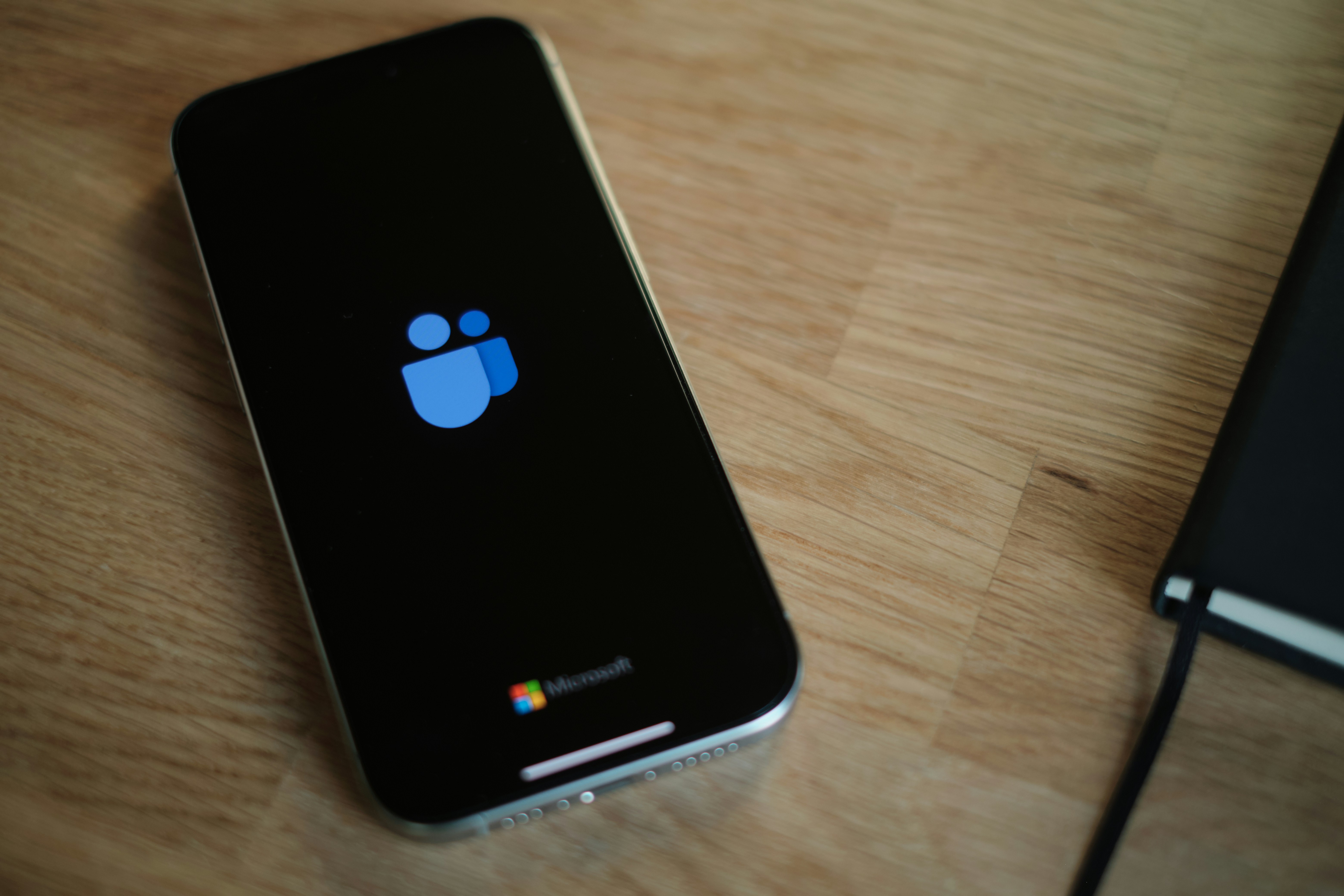Your onboarding process determines more than an employee’s first week. It can decide whether or not they stay for the long haul. In fact, only 12% of employees strongly agree that their organization does a great job onboarding new hires.
Many organizations view onboarding as a nice-to-have efficiency tool, some checklists, some forms, maybe a welcome email, and assume that new hires will simply blend into their roles. But this approach falls short. Manual, inconsistent processes lead to confusion, disengagement, and costly early turnover.
By handling routine onboarding tasks and providing consistent guidance, an AI onboarding assistant helps employees ramp up faster and stay engaged, driving measurable retention and productivity gains.
Moving Beyond the Checklist – What a Modern Onboarding Experience Looks Like
The old way of onboarding looks familiar: email chains, PDFs, one-day orientations, and follow-up tasks scattered across systems. It leaves new hires to navigate the unknown and creates an environment where early disengagement can take root.
By contrast, a modern onboarding experience centers around an always-available AI onboarding assistant embedded in the tools employees already use, such as Microsoft Teams or Slack. Instead of waiting for HR to respond, new hires can ask questions like “Where do I find my training schedule?” or “Who do I contact for benefits enrollment?” and receive accurate, instant answers.
Beyond reactive support, this assistant can proactively guide the new employee, for example:
- Sending a personalized welcome message with the day-one agenda and key contacts.
- Scheduling role-specific training modules, tracking completion, and nudging follow-up.
- Scheduling check-ins at 30-, 60-, and 90-day intervals to monitor progress and engagement.
- Reminding the manager to provide feedback or complete onboarding-related tasks.
This kind of proactive, consistent guidance ensures each new hire begins their journey with structure and clarity, not uncertainty.
The Financial Impact of Great Onboarding
Onboarding isn’t just a “nice to have”; the data shows it’s essential. Organisations with strong onboarding processes can boost new hire retention by up to 82% and increase productivity by more than 70%.
Consider the cost of an early turnover: recruiting costs, lost productivity, re-training costs, not to mention the intangible cost of lowered morale. When new hires leave quickly, the organization not only loses the investment made in hiring them, but also pays to replace them.
When you implement AI onboarding tools, you transform onboarding from a cost centre into an investment. You accelerate time-to-productivity, reduce early churn, and create a more engaged workforce, outcomes that show up directly on the bottom line.
How an AI Onboarding Assistant Drives Retention
The value of an AI onboarding assistant lies in its ability to create three key retention levers: consistency, accessibility, and efficiency.
Consistency
Every new hire receives the same accurate information, every step of the way. Whether someone is in New York, Johannesburg, or Berlin, they experience the same structured process and support flow. That consistency builds trust and reduces “where do I go next?” confusion.
Accessibility
The assistant is available 24/7 within familiar collaboration platforms. New hires can ask questions instantly and get answers without waiting for HR business hours. Quick responses reduce first-day anxiety and help employees feel supported from the start.
Efficiency
Repetitive and administrative tasks, benefit FAQs, form completion reminders, training assignments, and policy queries are managed by the AI. HR teams are freed to focus on human connection: mentorship, team integration, and culture-building. That human side, combined with automation, elevates the experience for the employee and the organization.
Together, these elements create an onboarding experience that feels smooth, supportive, and purposeful, which directly influences whether a new hire stays or leaves.
Measuring the ROI of Your AI Onboarding Tool
If you’re going to invest in an AI onboarding assistant, you need to measure its impact. Here are notable metrics to track:
- Time-to-productivity: How long does it take a new hire to reach full performance compared with previous cohorts? A reduction in this metric means faster value from your hires.
- First-year turnover rate: Compare turnover among new hires before and after the AI assistant launch. A decline here shows retention impact.
- New-hire engagement scores: Use surveys at 30- and 90-day milestones to capture how supported new hires feel, how clear their role is, and how confident they are in their work.
- Onboarding completion rate: How many new hires complete all required training and check-ins within the expected timeframe?
- Cost per hire and cost of replacement: Monitor recruiting, training, and ramp costs. When onboarding improves, replacement costs go down.
By tracking these metrics quarterly, HR and finance leaders can tie the investment in AI onboarding tools to measurable improvements in retention, productivity, and cost savings.
Investing in the first 90 days of an employee’s journey pays dividends for years. An AI onboarding assistant isn’t a nice-to-have; it’s a strategic enabler for retention, productivity, and long-term success.
It ensures consistency in experience, immediate access to information, and automated support that frees up HR to focus on people, not paperwork. The result? More engaged employees, faster ramp-up, fewer early departures, and a stronger bottom line.
Retention starts on day one. MeBeBot’s AI Onboarding Assistant provides consistent support and guidance that helps employees stay productive and committed for the long term.








